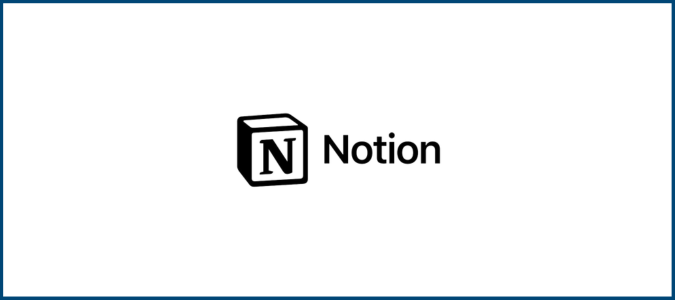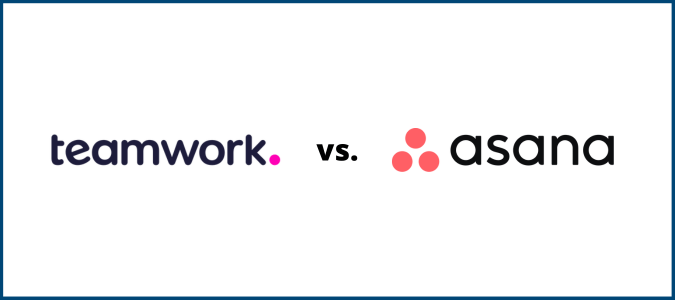Wrike is a comprehensive project management solution tailored to marketing teams, agencies, and professional service providers. With all of that versatility comes a high price tag, though.
Is it worth the added cost compared to more affordable solutions on the market? Let’s find out!

Compare Wrike to the Best Project Management Software
If you’re an agency, marketing team, or professional service provider, Wrike is a strong choice. It delivers hyper-tailored features you won’t find anywhere else. It’s also worth it for large companies that want to use Wrike across multiple departments.
However, it’s expensive and overkill for most businesses. If you’re not a large company, agency, or service provider, one of these alternatives are likely a better fit:
- Monday.com – Best for project management software for most
- ClickUp – Best remote work platform
- Smartsheet – Best for flexibility
- Teamwork – Best for client and service-based businesses
- Asana – Best balance of power and simplicity
- Trello – Best Kanban project management
Check out our full list of the best project management software to learn more about them.
Wrike: The Good and The Bad
Wrike is one of the most robust project management solutions for agencies, marketing teams, and professional service providers.
But it’s expensive, hard to learn, has room for improvement on mobile devices.
The Good
User-friendly dashboard: Wrike makes it easy to see your entire workflow in one view, from high-level overview to the finest of details. You can easily manage all of your projects, teams, and financials, which is great. But you’ll also be able to create tasks, assign them, set due dates, and manage all of the tasks assigned to you, too. Everything you need is literally at your fingertips (without having to click anything).
Enterprise-grade: With Wrike, you’ll have full access to enterprise-level project management tools. Within the platform, you can share files, publish assets, track time across projects and by person, manage resources, and leverage top-tier analytics—all bolstered by enterprise-level security. While it may feel overwhelming at first, the wealth of features gives you plenty of room to grow. Plus, the advanced features prepare your business for future growth.
You may even realize bottlenecks and ways to improve your project management processes by accident. With dozens of free templates, you don’t have to figure out what works best for you from scratch.
Real-time analytics: Regardless of the types of analytics you want to see, Wrike automatically updates charts, reports, infographics, and dashboards every 15 minutes so you never have to worry about looking at (or presenting) outdated information. You’ll get a real-time overview of project statuses, team performance, task statuses, workload, approvals, and tasks waiting on you. This is critical, especially if you’re juggling multiple projects at once. Not every project management tool comes with analytics at all, so we love that Wrike comes with real-time analytics that are always up to date.

Department-specific solutions: One of the best ways to save money and align departments is to use the same project management tool across them all. While some tools are best suited for specific use cases and departments, Wrike is one of the most versatile. From operations, product development, and research to content creation, HR, and sales, it’s adaptable enough to meet the needs of your entire business.
Custom request forms: Whether you already use forms or plan to use them in the future, Wrike’s custom form builder makes creating them easier than ever. While Wrike suggests using them for requests, you can use them for just about anything you can imagine.
Rather than having your team update a spreadsheet, you can have them submit a form instead, making the process easier for everyone involved. You can even decide what page users see after clicking submit. You can even set it up to automatically assign a task, populate subtasks, set a due date based on the submission date, and more.
Automated workflows: Aside from request forms, Wrike does an excellent job at demystifying and simplifying workflow automation without sacrificing support for complex workflows. It integrates with more than 400 third-party tools, so you can easily build automations across your entire company. From automated approval processes and smart workload balancing to automated analytics, resource management, and task assignments, you can automate as much (or as little) as you’d like.
AI is deeply embedded: Lots of tools are jumping on the AI bandwagon. Most of them are useless to the end user. But Wrike’s is different. Sure, you can generate text. But you can also use it to level up your automations and find inefficiencies you may not even know exist.

Team collaboration tools: Most project management tools make it easy to collaborate with your team, and Wrike is no different. Anyone on the team can access a global or project-based live stream of recent activity so everyone knows what’s happening in real-time.
Free guest access: You can easily invite clients, contractors, vendors, or other third parties at no additional cost. They’ll be able to track the status of their own projects rather than ask you for status updates.
Task and project-level communication: Your team can communicate on specific tasks and at a project level to centralize conversations in one place. Nobody will have to go search through countless Slack channels, 1:1 conversations, or their notes to understand what’s going on. They can simply read through the conversation and pick up where things left off.
The Bad
Not for beginners: Wrike is challenging for beginners to figure out. While we like the dashboard and the enterprise-level features, people who are new to project management software will likely find it overwhelming. The initial setup and onboarding process can be challenging, as well.
Overkill for most: If you just need a way to track your work, Wrike will probably get in your way. It’s far from simple and really only make sense if you actually need the level of detail it provides.
Limited mobile functionality: All of the best project management tools come with some version of a mobile app. While Wrike has apps for iOS and Android, they’re not the most user-friendly. Managing tasks from the app can be a pain, and sometimes you’re unable to move or edit a task. Wrike is really only good if you’re using the software from a desktop or laptop computer.
Expensive: Simply put, Wrike is expensive. While the software can be configured to accommodate a wide variety of needs, lots of advanced Wrike features are offered as add-ons (driving up the cost even more). It’s very far from the most affordable solution out there.
Wrike Plans and Pricing
Wrike used to offer different solutions for different types of businesses. It was confusing to say the least.
Thankfully, they’ve greatly simplified their pricing structure. There are now five plans to choose from, each with varying features, a max number of users, storage space, automation limits, and collaborator accounts.

The free plan comes with task management basics–it’s a great place to start but most businesses will outgrow it pretty quick. You get 2 GB of storage, basic task and subtask management, basic project views (including Kanban), charts, most of the AI tools, and workflow templates.
Anything beyond that requires purchasing a paid plan.
The team plan is $9.80 per user per month and supports up to 25 team members. It unlocks custom fields, personalized work schedules, Gantt charts, real-time dashboards, automations, and request forms.
Wrike’s business plan is where the high-octane functionality starts coming into play. At $24.80 per user per month, you’ll get a full suite of resource management capabilities, asset management, file proofing, approval flows, integrations, and more advanced user controls.
The enterprise plan gives you unlimited users, 10 GB of storage per user (rather than per account), more monthly automations, and more security features.
Pinnacle is Wrike’s newest plan–it gives you advanced capacity planning and analytics.
You can try any plan free for 14 days.
Wrike Add-on Features
As previously mentioned, Wrike has add-on modules that can extend the functionality of your base plan. Integrate and Sync are included in business plans but all three are included in enterprise and pinnacle.
Here’s a quick overview of these modules and what they do:
- Integrate — Custom integrations with 400+ third-party apps
- Lock — Control the access of your data with your own encryption keys
- Sync— Create a two-way sync with Jira and Github
Comparing The Best Project Management Software
Overall, Wrike is a great option for project management. While it’s a bit pricey and overkill for a lot of folks, the software is perfect for marketers, agencies, and organizations that want an advanced tool with enterprise-level functionality.
If you are looking for something easy, check out our other favorite project management tools instead.















